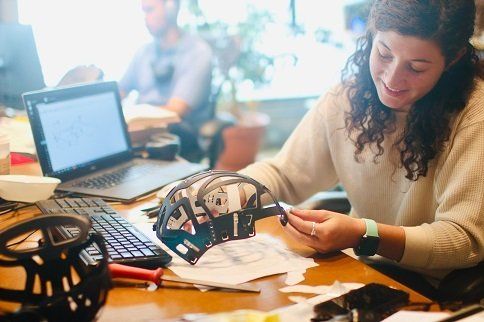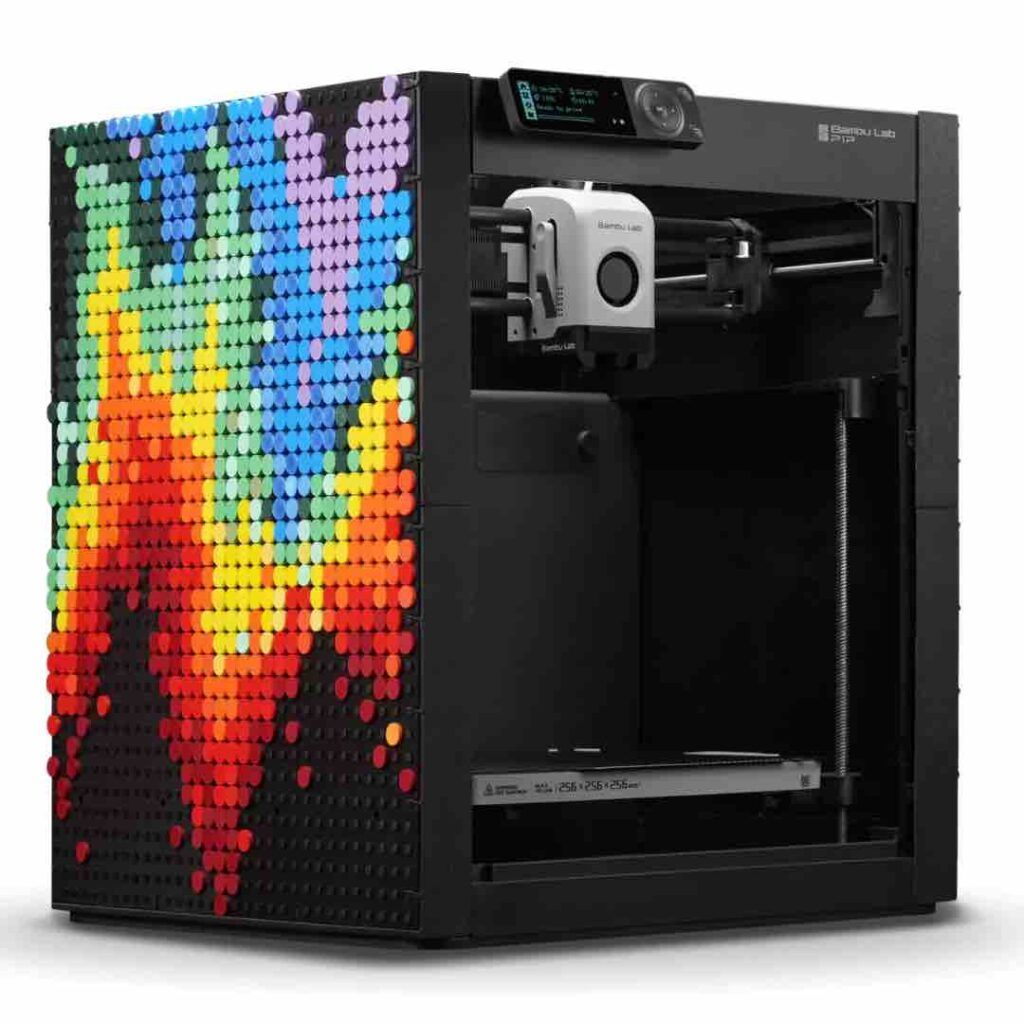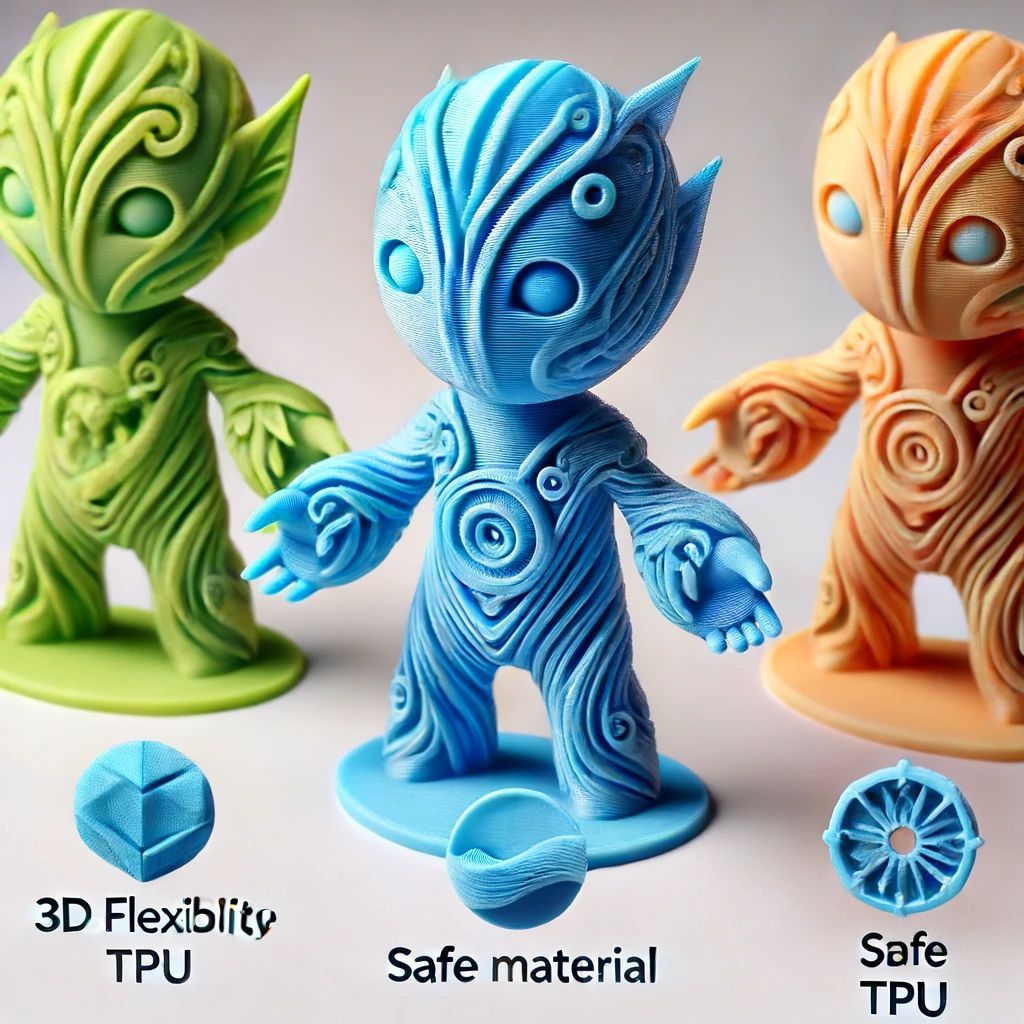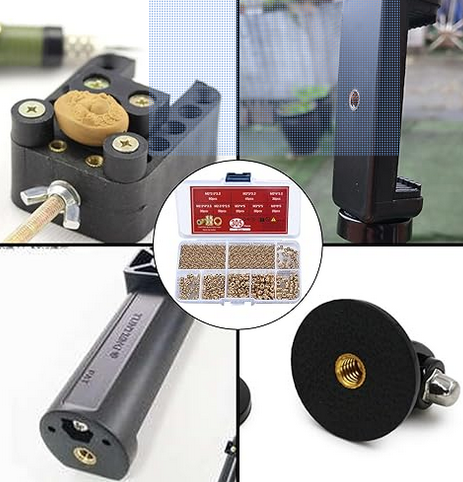The Basics of Model 3D Printing: A Beginner's Guide
The Basics of Model 3D Printing: A Beginner's Guide

Model 3D printing is an exciting and rapidly-growing technology that has revolutionized the way we design, create, and manufacture physical objects. It’s a powerful tool for both professionals and hobbyists, allowing them to quickly and easily create prototypes, models, and customized objects with a simple computer and printer.
This guide will provide an introduction to 3D printing, from the basics of how it works to the different types of materials used to print with. You’ll learn about the different design techniques and how to prepare your 3D models for printing.
Finally, you’ll get an overview of the various 3D printing technologies and the benefits of each. Whether you’re a professional looking to expand your toolkit or a hobbyist just starting out, this guide will give you a solid foundation in the basics of 3D printing.
Benefits of 3D printing
The primary benefit of 3D printing is that it’s an extremely efficient way to create custom-shaped objects with very little waste. 3D printers create objects from raw materials like plastic, metal, or resin using a process called additive manufacturing, which builds objects layer-by-layer.
While most traditional manufacturing techniques create objects with fixed, pre-determined shapes, 3D printing lets you create custom-shaped objects with no extra cost or effort. When making an object, 3D printers first create a digital model.
This model will contain the specifications of the physical object, including the number of layers, thickness of each layer, etc. From there, the printer reads the model and starts building the object out of raw materials, going layer by layer until the object is finished.
Because the printer reads the exact specifications and dimensions of the digital model, the finished object will always be the same size and shape as the model, regardless of the material used. Thanks to this efficient design process, 3D printing also produces very little waste compared to other manufacturing methods.
Design techniques for Model 3D printing
The first step in designing a model 3D printing is deciding what type of model you want to create. There are two main categories of 3D models: solid and surface. Solid models are created from a single, continuous surface while surface models are made up of multiple, non-continuous surfaces.
The choice between the two is largely aesthetic, but there are also a few technical differences to be aware of. Generally, people prefer solid models if they want to create complex, intricate objects like tools or mechanical parts.
If you’re interested in creating a smooth surface like jewelry, a surface model will give you more design flexibility. After deciding on the type of model you want to make, you’ll need to decide how you want to design it.
For example, you can either design from scratch, create a 3D model from an existing 2D image, or use a combination of both.

Preparing 3D models for printing
Once you’ve created your 3D model, you’ll want to make sure it’s ready for printing. The first thing you want to do is make sure your model is watertight; otherwise, it won’t be able to print properly.
There are a few ways you can do this, including having the model checked by a software program like Blender or Netfabb or running it through a watertightness test. When designing a model, it’s important to keep the intended printing material in mind.
For example, if you’re designing a toy and intend to print with a type of plastic, you’ll want to avoid sharp edges and corners that could potentially hurt a child. Otherwise, you risk getting a product recall.
More generally, you also want to make sure your model is optimized for printing. This means choosing a model type (solid or surface model) and specific design details that will minimize the print time and cost.
Types of 3D printing technologies
There are a few different 3D printing technologies in use today. Each one has its own unique set of characteristics that make it better for certain applications over others.
FDM (Fused deposition modeling) - FDM is the most common 3D printing technology. It works by extruding a heated material (usually a thermoplastic) through a nozzle. The printer then builds the object layer by layer until it’s finished. FDM printers are generally low-cost and easy to use, but they don’t offer a lot of design flexibility.
Selective laser sintering (SLS) - This process uses a laser to fuse together a bed of fine powder into a solid object. Because a SLS printer only uses the amount of material needed to make each layer, it’s often used for large-scale prototypes.
Stereolithography (SLA) - SLA machines use a UV laser to cure a vat of liquid resin into a solid object. While SLA printers are generally more expensive than other technologies, they offer a high level of precision and detail.
Benefits of the different 3D printing technologies
FDM - FDM 3D printers are the most common and affordable, making them a good fit for hobbyists and beginners. They’re also very easy to use and capable of producing high-quality prints.
SLA - SLA printers are great for very detailed, high-resolution models or prototypes. Because they use a liquid resin, they are particularly useful for making small, multi-part models that would be difficult with other technologies.
SLS - SLS printers are great for creating large, detailed prototypes out of a variety of materials, including ceramics, metals, and more.
FDM - FDM printers are the most affordable and easy-to-use technology. They are suitable for a wide range of applications, including functional prototypes, architectural models, and toys.

3D printing software
When designing your 3D models, you’ll want to use software that gives you complete control over the design process. While there are a few different 360-degree design programs on the market, the two most common 3D design programs are Autodesk Fusion 360 and Blender.
When it comes to printing, there are a few different software options to choose from, as well. The most common solution is to use a dedicated 3D printing software program, like Autodesk’s Thingiverse or Scann3D’s Scanner.
Blender - Blender is a free, open-source 3D design program that is very easy to learn. Although it’s suitable for beginners, it also has advanced features like physics and 3D animation tools that make it a great choice for professionals.
Fusion 360 - Autodesk’s Fusion 360 is a cloud-based design software that offers a wide range of features for both beginners and professionals. It includes an online portfolio that lets you share your designs with clients, team members, and other members of the design community.
3D printing services
When you’re ready to start printing your designs, you have a few options. You can use a desktop 3D printer, a professional 3D printing service, or a combination of both.
Desktop 3D printers - Desktop 3D printers are just as the name suggests: they’re large, stationary machines designed for use in your home. They’re great for hobbyists who want to experiment with a variety of different 3D printing materials, but they’re not really suited for commercial applications.
Professional 3D printing services - Professional 3D printing services can be an affordable and convenient way to manufacture large quantities of parts or products.
They vary in size and setup — from a single 3D printer at a local shop to a large, industrial-sized facility.
Conclusion
Overall, 3D printing is a powerful technology that can be used for both commercial and recreational purposes. For professional designers and engineers, it’s a quick and efficient way to create prototypes.
For hobbyists and DIY enthusiasts, it’s a fun and easy way to create custom-shaped objects with no extra effort or cost. There are a few different 3D printing technologies in use today, each of which has its own characteristics.
FDM printers are the most common and affordable, but they aren’t very flexible.
SLA printers are great for high-detail and high-resolution models or prototypes, but they are more expensive and take longer than FDM models.
Finally, FDM printers are great for a wide range of commercial and recreational applications, while SLS printers are more suited towards larger, detailed prototypes.












